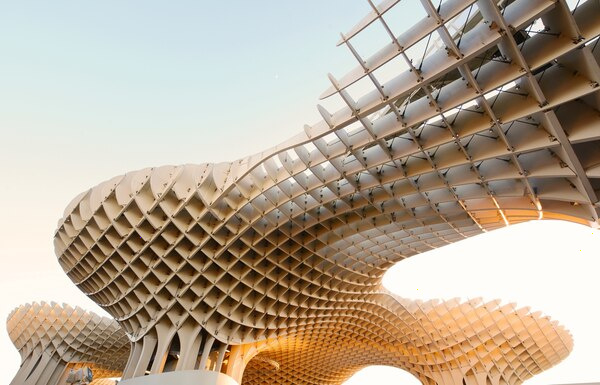Innovative Urban Spaces Redefining American Cities
The transformation of urban spaces in American cities is not only altering landscapes but also redefining the very essence of modern living. With a blend of innovation, sustainability, and community-focused design, these spaces are setting a new standard for what urban development can achieve.
One of the hallmarks of these innovative urban spaces is the integration of green architecture and eco-friendly technologies. As environmental concerns become more pressing, cities like San Francisco and New York are pioneering initiatives that incorporate green roofs, vertical gardens, and renewable energy sources into their buildings. These features not only reduce the carbon footprint but also create areas that promote healthier lifestyles for residents.

Public spaces are also being revolutionized to foster community and inclusivity. Take, for instance, the High Line in New York City, a linear park built on a historic freight rail line elevated above the streets on Manhattan's West Side. This unique space offers a blend of nature, art, and urban design, attracting millions of visitors annually. Such projects are rejuvenating neglected urban areas, turning them into vibrant hubs of social activity.
The integration of technology in urban planning is another game-changer. Smart cities like Seattle and Boston are investing in high-tech infrastructure that optimizes energy usage, traffic management, and public services. These developments are not only making cities more efficient but are also enhancing the quality of life for their inhabitants. For example, the deployment of smart lighting systems helps to reduce energy consumption while improving street safety.
Transportation is also undergoing a major overhaul in many urban settings. Cities are increasingly adopting sustainable transit solutions, such as bike-sharing programs and electric bus fleets. Los Angeles, for instance, has implemented extensive green transportation networks aimed at reducing traffic congestion and lowering emissions. These efforts are making urban mobility more sustainable and accessible.
Furthermore, the concept of mixed-use developments is gaining traction. Areas that combine residential, commercial, and recreational facilities are becoming preferred models for urban planners. Developments like Hudson Yards in New York City are prime examples where people can live, work, and play within the same vicinity, reducing the need for long commutes and fostering a sense of community.
Finally, there’s a growing emphasis on accessibility and equity in urban development. Projects are increasingly being designed to be inclusive, ensuring that they cater to the needs of all citizens, regardless of age, ability, or socioeconomic status. This approach is leading to the creation of more wheelchair-accessible paths, affordable housing options, and public amenities that are open to everyone.
In conclusion, the innovative urban spaces emerging across American cities are not only reimagining architecture and city planning but are also setting a precedent for future developments worldwide. Through a combination of green initiatives, advanced technology, sustainable transportation, mixed-use buildings, and inclusive design, these spaces are creating urban environments that are more livable, equitable, and resilient. As cities continue to evolve, these pioneering efforts will likely shape the next generation of urban living.